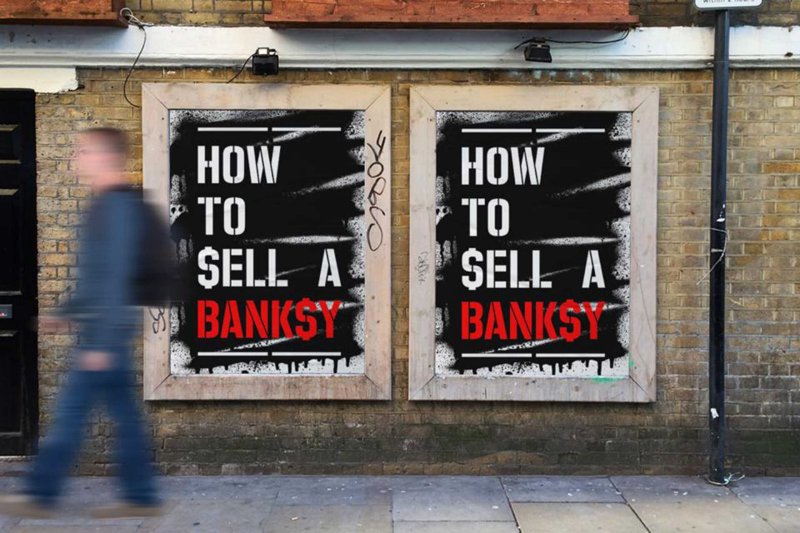Law & Politics
SXSW Documentary Shows You How to Sell a Stolen Banksy
Good luck trying to get that street art authenticated.

Good luck trying to get that street art authenticated.

Sarah Cascone


How to Sell a Banksy.
If you were to get your hands on an original piece of Banksy street art, you’d be rich, right? According to the new documentary How to Sell a Banksy, by Alper Cagatay and Christopher Thompson, it’s not quite that easy.
The film recounts Thompson’s own efforts to offload an early Banksy, and the considerable obstacles he encountered along the way. Originally released in 2012, How to Sell a Banksy has since been reedited for its debut this week at the South by Southwest (SXSW) film and music festival.
These days, the presence of a new Banksy is quickly documented, and local communities tend to be vigilant, doing their best to prevent anyone from making off with one of his works. In the UK’s Cheltenham, citizens loudly protested when it was rumored that Spy Booth was to be sold and removed (see Banksy’s Spy Booth Headed to Auction Block), a charge that has since been denied by the property owner (see Collector Says Banksy Mural Cursed His House).
In Bristol, police intervened when a local boy’s club snatched Mobile Lovers with intentions of selling it to keep the struggling organization afloat (see Youth Club Removes New Banksy with Crowbar and Bristol Museum Will Display Stolen Banksy Confiscated by City Hall). The sale went through when Banksy, likely a Bristol native, gave the club his blessing (see Sale of Banksy’s Mobile Lovers for $670,000 Saves Youth Club and Banksy Gives Controversial Mobile Lovers Artwork to Bristol Youth Club).
When the 26-year-old Thompson and a pair of friends decided to snag one of the anonymous street artist’s works from an East London bridge in 2005, it was a different era. No one tried to stop the trio’s heist, which took place after last call at a local bar, and was done with metal spatulas and other bootleg tools.
The painting, of three members of the riot police, their heads obscured with smiley faces, was badly shredded by their efforts, and it was five years before Thompson followed through on his original plan to strike it rich by selling the piece. His ensuing efforts to restore, authenticate, and sell the damaged work are the subject of the documentary.
“What I did was in the spirit of Banksy,” insisted Thompson to the Daily Beast. “If someone is putting art in front of you on the street and it’s worth thousands of dollars, who says I can’t take it? It’s the mentality of Banksy, and I think he finds it funny.” (The artist might beg to differ—see Banksy Calls the “Stealing Banksy?” Auction “Disgusting.”)
On major difficulty that Thompson encountered was his lack of contacts in the art world. Buyers with deep pockets are out there, but if you can’t find them, they might as well not exist. The film documents the unexpected steps that Thompson had to go through to sell the artwork, including the presentation, valuation, and promotion of the piece.
He was further hindered by Banksy’s official authentication service, Pest Control, which refused to issue a certificate of authenticity acknowledging the work was real. “If I didn’t have that piece of paper from Pest Control, [potential buyers] didn’t want anything to do with it,” Thompson lamented.
Though it seemed likely that Pest Control might change their mind in the future, if Banksy were to be the subject of a major museum retrospective (such examples of his earlier work are comparatively rare), Thompson was eager to cash out sooner rather than later.
Eventually, the street artist himself got wind of Thompson’s difficult quest, chiming in through a Facebook alias to say “good luck.”
Ultimately, Thompson did find a buyer, unloading his albatross to theChive co-founder Leo Resig for $25,000. The experience, however, seems to have jaded him: “Art is a crazy world,” said Thompson. “Commercial art, in my mind, is a game that is rigged just to exploit stupid rich people.”
Watch the How to Sell a Banksy trailer: